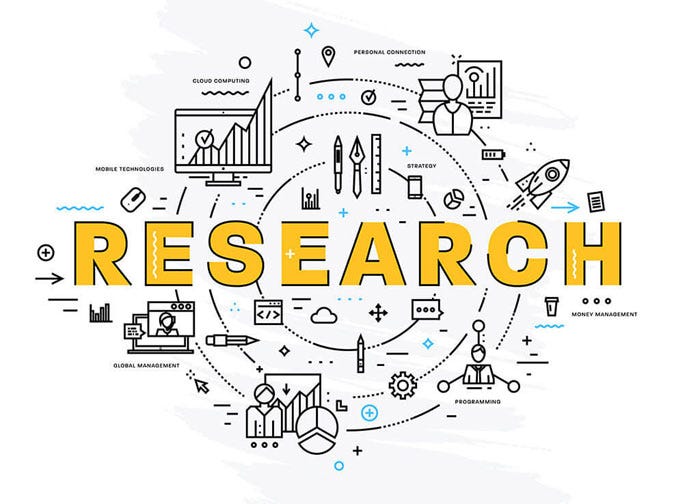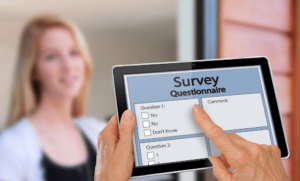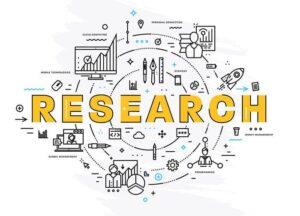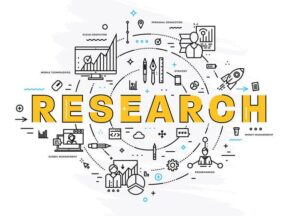
Longevity science is not born in ivory towers or AI supercomputers—it begins with people. It begins with the data collected from hospital beds, wearable devices, aging homes, clinical archives, and more.
This article uncovers the hidden foundation of life extension research: where the data comes from. Understanding these sources is crucial, not only for researchers and clinicians—but for policymakers, funders, and the public who will live longer because of what this data reveals.
⸻
Clinical Frontlines: Hospitals and Medical Facilities
Hospitals remain the most regulated, accurate, and biologically rich environments for collecting longevity data.
• Electronic health records (EHRs) offer real-time data on glucose levels, heart rhythms, and medication outcomes
• Clinical trials in oncology, geriatrics, and cardiology often generate side data relevant to aging mechanisms
• Biosample banks (blood, tissue, saliva) collected under strict protocols fuel aging biomarkers and AI modeling
However, access is tightly controlled by data protection laws (e.g., HIPAA, GDPR), requiring research teams to negotiate permissions and ethics board approvals.
Hospitals are gold mines—but only if you have the map and the key.
⸻
The Digital Age: Online Databases and Direct-to-Consumer Platforms
We are living through a data revolution—with individuals increasingly uploading their health histories voluntarily. This has created a second major source of aging data:
• Online patient registries like PatientsLikeMe allow users to contribute chronic health data for open research
• DNA ancestry platforms like 23andMe offer optional research sharing pipelines (e.g., for Parkinson’s risk, telomere length)
• Health tracking apps like Whoop, Fitbit, and Oura Ring generate millions of datapoints per user per day
These platforms democratize data, but raise important concerns around accuracy, bias, and data ownership.
⸻
Long-Term Observation: Aging Care Facilities and Retirement Homes
A third vital source comes from care environments for the elderly, where biological aging plays out daily and visibly.
• Functional aging metrics like grip strength, walking speed, cognitive tests, and frailty indexes are commonly recorded
• Longitudinal care records allow for real-world evidence on what interventions correlate with healthspan improvement or decline
• Digital transformation in aged care is enabling passive sensor monitoring for sleep, mobility, and safety patterns
This data is rarely standardized and often trapped in private systems—but holds enormous untapped potential for aging science.
⸻
Institutional Archives: Existing Longevity Research Repositories
Many decades of research already exist, locked in public or semi-public databases. These archives are beginning to power meta-studies, AI pattern discovery, and retrospective modeling:
• The UK Biobank holds genetic, lifestyle, and health data from over 500,000 individuals
• The Framingham Heart Study (USA) provides over 70 years of cardiovascular aging data
• The National Institute on Aging (NIA) hosts accessible datasets on dementia, functional aging, and metabolic health
These sources are gold standards—but require careful navigation to extract usable data and align formats.




